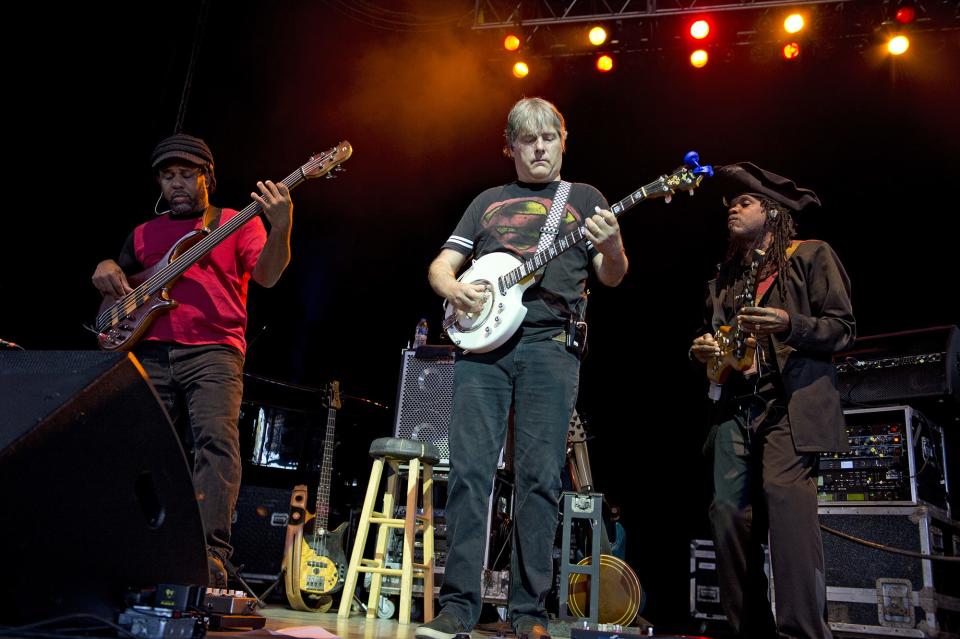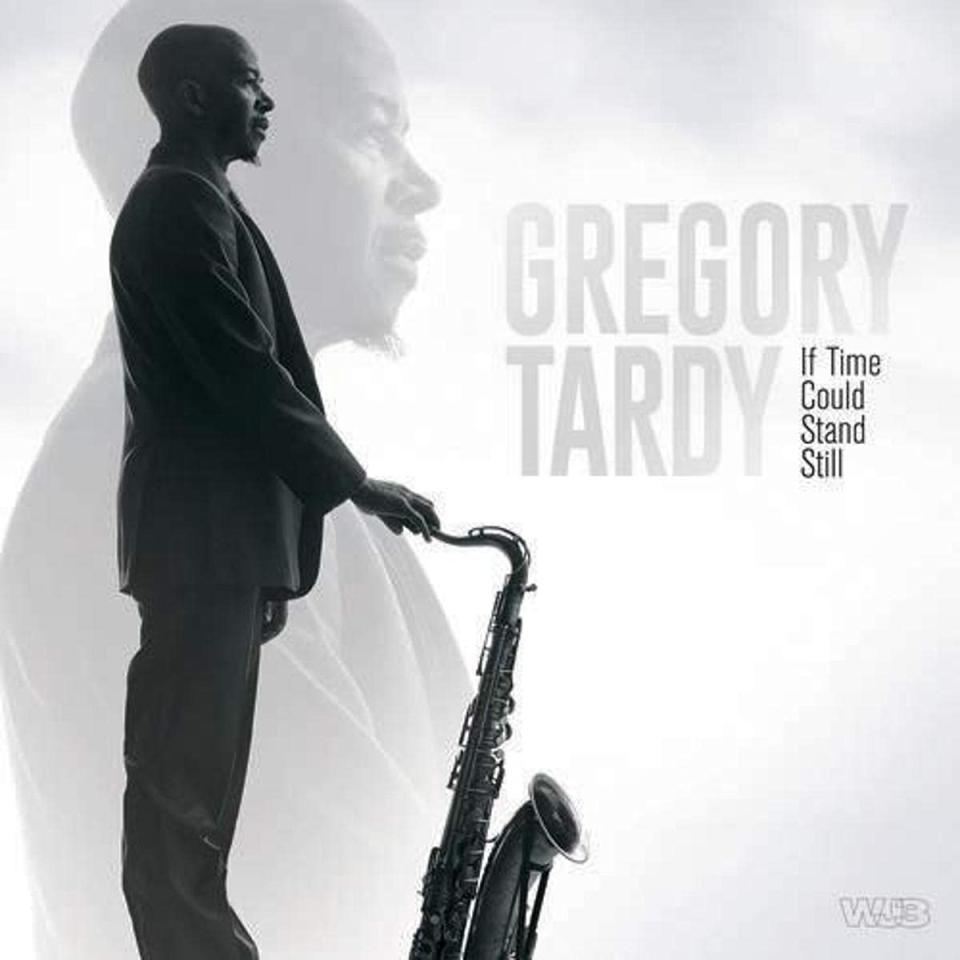Notes and tones: New sub-genres and seasoned players — always something to discover
Jazz is as much about ongoing discovery as anything — both for musicians and us listeners. Jazz is about challenging oneself as often as you can, again from both perspectives.
Many listeners don’t delve into jazz, admitting they don’t know where to start. It’s not that they are uninterested in the music, but rather feel intimidated. I understand someone feeling so overwhelmed they don’t want to “mess with” trying to learn anything about jazz.
The problem is greatly exacerbated because, by and large, jazz is not taught in schools, save those few students who end up in band. At this point, with something approaching 125 years of jazz history behind us, there’s so much material to sift through and try to absorb.
Not only in the whole of jazz, but there's also so much music housed under the jazz umbrella that anyone can take hefty bites out of numerous sub-genres: Dixieland, big band era; bebop, post-bop and beyond.
Then there’s a whole plethora of artists working in the jazz-fusion and “jazz-influenced” realm — capped off by people asking rhetorically “What is jazz?” or saying something sounds “jazzy.”
'Metal jazz' and other sub-genres
Last week, I came across something characterized as “metal jazz,” a cross with heavy metal. Not that I was an instant fan; actually, it sounded pretty “gimmicky” — something great jazz or any art discipline pursued as a craft is not. Still, the fact there is such an approach legitimizing “metal jazz” means it’s out there, available and listened to.
The ensemble Stomping Grounds’ official video for “Conflux” has received almost half a million views. Felix Martin, a 14-string guitarist with 28,000 subscribers to his YouTube channel, has 322,000-plus views on his track “Jazz Metal.”
Said Martin: “Metal-jazz themes: now I'm trying to do something in between the intro and the poly-metal part, resulting in a mix of jazz and metal.” Take a listen to Mr. Martin’s rendition of “Jazz Metal” on YouTube.
Then we have folks such as Bela Fleck & The Flecktones: a quartet with Fleck on banjo, the Wooten Brothers on electric bass and something called a “drumitar,” with Howard Levy, a harmonica player of note who doubles quite skillfully on the piano. I’m not sure how I would classify their contribution — or if it even needs classification.

Is it jazz? Crossover fusion? "Jazz-grass" — you know, a cross between jazz and bluegrass? Or its own sub-genre? Whatever it is, more than 600,000 people have viewed Fleck’s 2018 performance at the Montreal Jazz Festival online. While the festival is jazz-based, it surely is “genre-bending,” for sure.
Don't overlook Greg Tardy
While these are aspects for those interested in jazz to keep in mind — as far as defining and learning about the music — there continue to be a number of talented, overlooked practitioners as well.
This brings me to a personal oversight: saxophonist Greg Tardy.
He’s someone I’ve heard both in live settings and on recordings for the past 30 years. Yet I feel as if I know very little about the New Orleans native, now a tenured music professor at University of Tennessee, where he’s been teaching since 2005.
That means, until the last year or so, he’s worked alongside UT’s director of jazz studies, pianist Donald Brown, a native Memphian and a Jazz Messengers alumni, prolific composer and bandleader.
Tardy’s most recent release, “If Time Could Stand Still” (WJ3), issued during the pandemic in mid-2020, certainly would fall into post-bop, modern-tinged acoustic jazz. How’s that for a sub-genre?

The ensemble includes trumpeter Alex Norris, heard here in Columbia two months ago as a member of the Mingus Big Band; veteran drummer-producer Willie Jones III; bassist Alexander Claffy; and none other than Donald Brown’s son, Keith Brown, also a pianist. The younger Brown received both his undergraduate and master’s degrees at UT, and now is turning more than a few heads in New York City.
When you factor in both the elder and younger pianists’ pedigrees and their respective interactions with Tardy, it makes total sense that Keith Brown, still in his 30s but quite accomplished, would be a main contributor to “If Time Could Stand Still.” And the session’s namesake track is a beautiful ballad with interplay between leader and pianist.
Tardy released his first recording, “Crazy Love” (DuBat), 30 years ago. A year later, in 1993, he joined legendary drummer Elvin Jones’ ensemble. Soon after, Tardy became an in-demand sideman, working with the those a generation or more his elder, such as Steve Coleman, Betty Carter, Bill Frisell, Dewey Redman and Ellis Marsalis.
“If Time Could Stand Still” marks Tardy’s 14th release as a leader. After absorbing more music composed by Tardy — all but one of the eight selections here are originals — it’s quite logical to conclude that, as the saxophonist’s bio describes, the album is a “blending of his love of traditional jazz with a more modern seeking style.”
Tardy says: "In my band, I try to explore new things, although I usually keep the tradition in the back of my head, as well. I really respect the tradition …, but I try not to let it stop me from going for stuff that I hear. I also respect what’s going on now, in jazz — and it influences me.”
Jon W. Poses is executive director of the “We Always Swing” Jazz Series. Reach him at jazznbsbl@socket.net.
This article originally appeared on Columbia Daily Tribune: Notes and tones: Sub-genres and seasoned players — always something to discover

